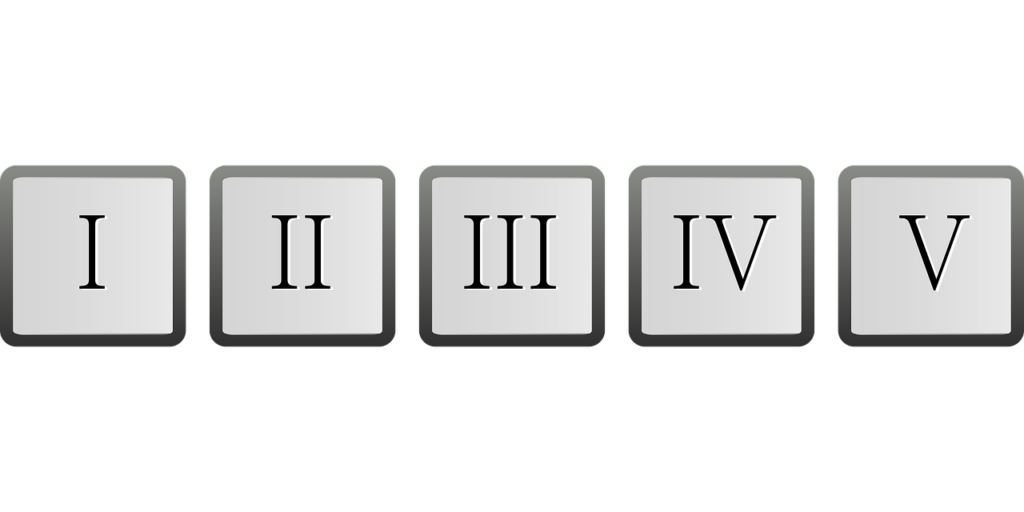
I had a client who provided me with a sizable amount of information to write the story. These were journals, and the client explained the writing was stream of consciousness. The idea was to get the thoughts onto paper as fast as possible.
I applauded this client with getting the story out of the head and onto the page. However, when I tried to decipher it, the copy made no sense. It jumped in time, events were written about on several pages, then again 10 pages later, and the spelling and grammar were so bad that I felt it was useless.
I told my client this, and the response I got was telling: “I wrote it while I had ‘PTSD brain.’”
“Well,” I said, “We’re going to start from scratch. Your story is really good. Now, we’re going to make it great. We’re going to translate your PTSD brain into English.”
We spent six months going through the story, which allowed me to craft an outline that I used to write the story.
Ah, the outline. As a ghostwriter, it seems needing one is so obvious. Yet so many who try to write books fail. There’s a well known stat in my industry that says only 3% of people (30 out of 1,000) who start a book complete it. Of those 30, only six get published. The other 24 lack a concrete plan.
That’s what an outline is: a plan, a blueprint, a direction, a pathway — call it what you want — to help you write the book. Some people consider the outline the first draft. I can see their point, especially when my client is concerned.
An outline keeps you on schedule (ever wonder why we’re taught how to outline in grade school? There’s no better way to organize). It ensures the plot moves along properly, the characters evolve as they should, and the timeline doesn’t go off track. It helps you logically determine what to include.
It also helps you decide what to leave out. Does this anecdote do anything to further the story or this character? If you take it out, what happens? Can you squirrel away that idea for your next book?
Best of all, it saves time. Some people can write by the seat of their pants. Most of the time, that sends them off on tangents that will throw the book into disarray. Continuity errors likely will appear. Cases of writer’s block also are known to happen. It’s better to be organized, focused, and have a clear direction so you can write higher quality prose faster and more coherently. An outline makes staring at a blank page more exciting because you know what’s going to be written.
The same process I use to outline an entire book also can be used to outline individual chapters. The client I referenced in this article’s opening gave me a sketch for 12 chapters. It resembled a movie storyboard or a J.K. Rowling handwritten outline. In going back through the work, I discovered 19 logical chapters.
Outlines can look different while still accomplishing the same objectives. The client’s outline I referred to above runs 55 pages. Another client gave me an outline he prepared himself that was only 12 pages, but it still was detailed enough that I knew where we were going, who I needed to talk to, and when. A third prospective client gave me one page of the areas he wanted to cover.
Stephen King once wrote, ”Outlines are the last resource of bad fiction writers.” As a nonfiction writer, I find his sentiment completely untrue. As a ghostwriter in Los Angeles, I have a process that can transform your book ideas into reality. Contact me today.
Let's Start A New Project Together
Contact me and we can explore how a ghostwriter or editor can benefit you.
